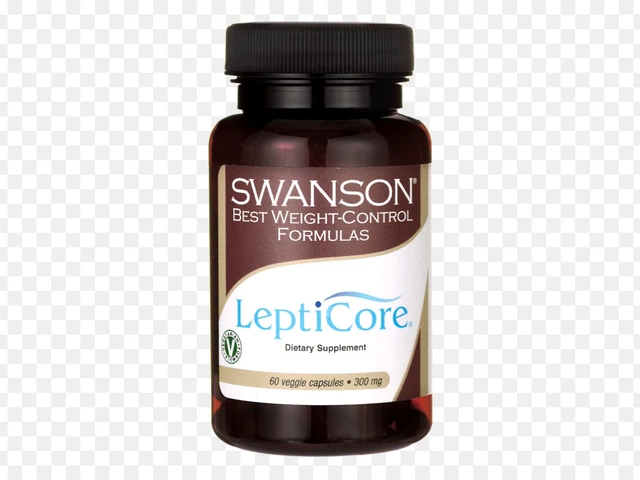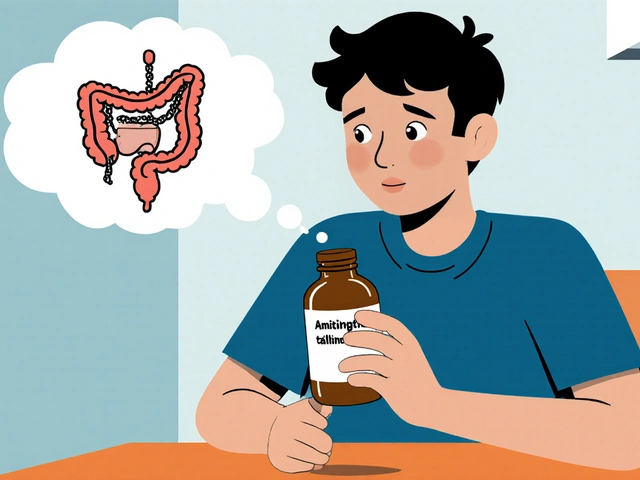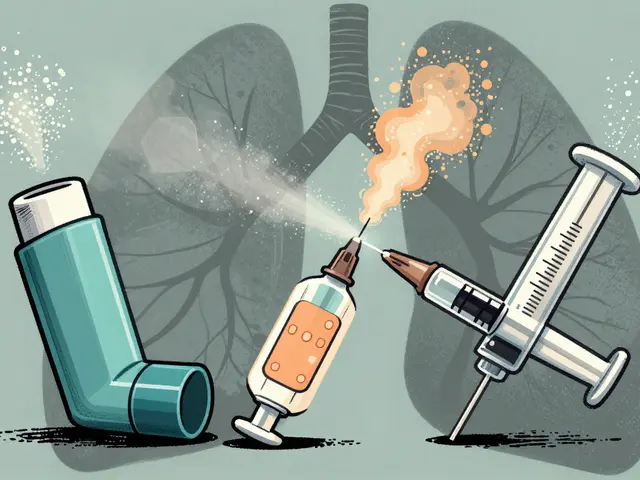Edema treatment: how to reduce swelling and get answers fast
Swelling that stays around the ankles, hands, or belly is usually edema — extra fluid trapped in your tissues. It can be just annoying or a sign of something more serious. Here’s a practical guide you can use today: clear steps, what helps at home, when to see a doctor, and what treatments doctors commonly use.
Quick self-help steps that actually work
Start with simple fixes you can do right away. Cut back on salt — even a small change helps most people. Raise swollen legs above heart level for 20 minutes several times a day to speed fluid return. Try compression stockings for leg swelling; they push fluid out of the tissues and ease aching. Move regularly: short walks and ankle pumps improve circulation. Watch your weight and avoid long standing or sitting — switching positions every 30–60 minutes helps.
Keep a daily log of your swelling and your weight. Rapid weight gain (a few pounds in a day or two) often means fluid buildup and is a useful early warning sign. Also check any new medicines: calcium channel blockers, NSAIDs, some diabetes drugs, and steroids can cause or worsen edema. If you suspect a medicine is causing swelling, don’t stop it yourself — call your prescriber.
Medical checks and treatments you’ll likely see
If home steps don’t help in a few days or if swelling comes on suddenly, see your doctor. They’ll look for causes like heart failure, kidney or liver problems, venous insufficiency, blood clots, or lymphatic issues. Common tests include blood work, urine check, a chest x-ray or echocardiogram for heart concerns, and a Doppler ultrasound for leg clots or venous problems.
Treatment depends on the cause. For many people, doctors prescribe diuretics (water pills) such as furosemide or thiazides to remove extra fluid. If an underlying disease is found — for example heart or kidney disease — treating that condition is the main step. For venous swelling, compression and physical therapies help. Lymphedema often needs specialized massage and compression. Your doctor will tailor the plan based on tests and symptoms.
When to get urgent help? Go to the ER or call your doctor now if you have sudden, severe swelling, shortness of breath, chest pain, fever, or redness/tenderness in a limb. Those can be signs of heart failure, a blood clot, or infection and need quick action.
Bottom line: start with salt reduction, elevation, movement, and compression if appropriate. Track changes and get medical tests if it’s sudden, painful, or doesn’t improve. With the right steps, most swelling gets under control and you’ll know whether simple self-care is enough or if medical treatment is needed.

Lasix alternatives, such as Torsemide, Bumetanide, and Chlorthalidone, provide effective treatment for conditions like edema and hypertension. Each option comes with its own set of pros and cons, making it essential to understand which might be most suitable for individual needs. From loop diuretics to potassium-sparing options, these medications significantly impact fluid retention and blood pressure management. Additionally, Valsartan offers a unique approach as an angiotensin II receptor blocker, extending therapeutic choices for heart failure and hypertension. This article provides a comprehensive comparison of these alternatives to aid informed decision-making.
Continue Reading





